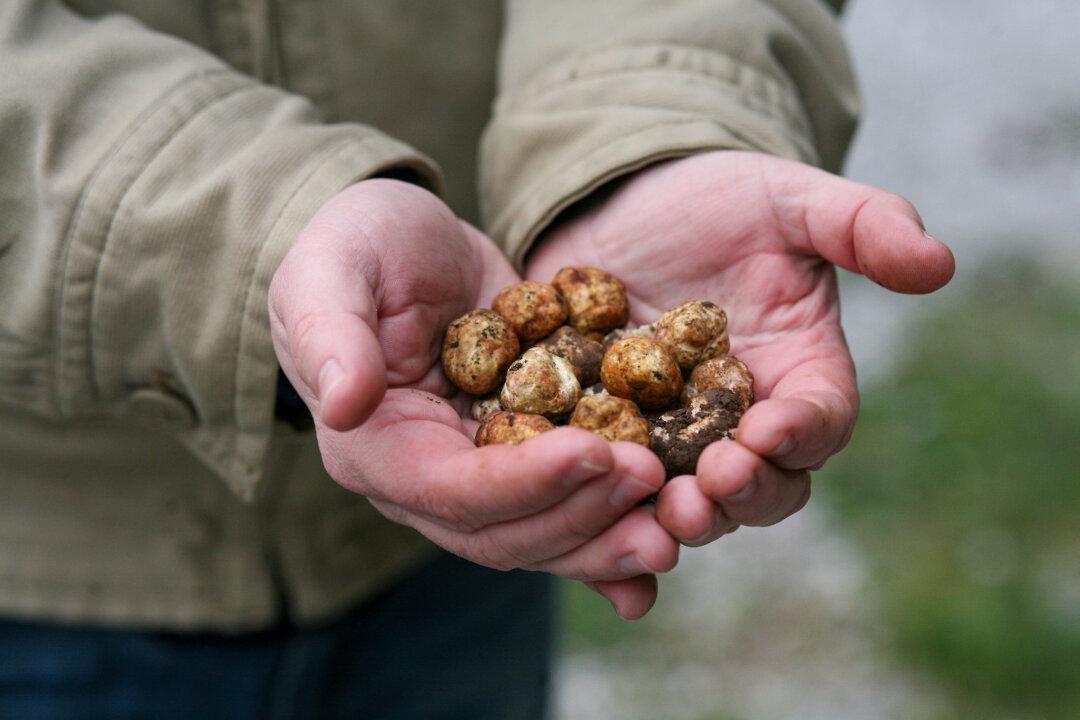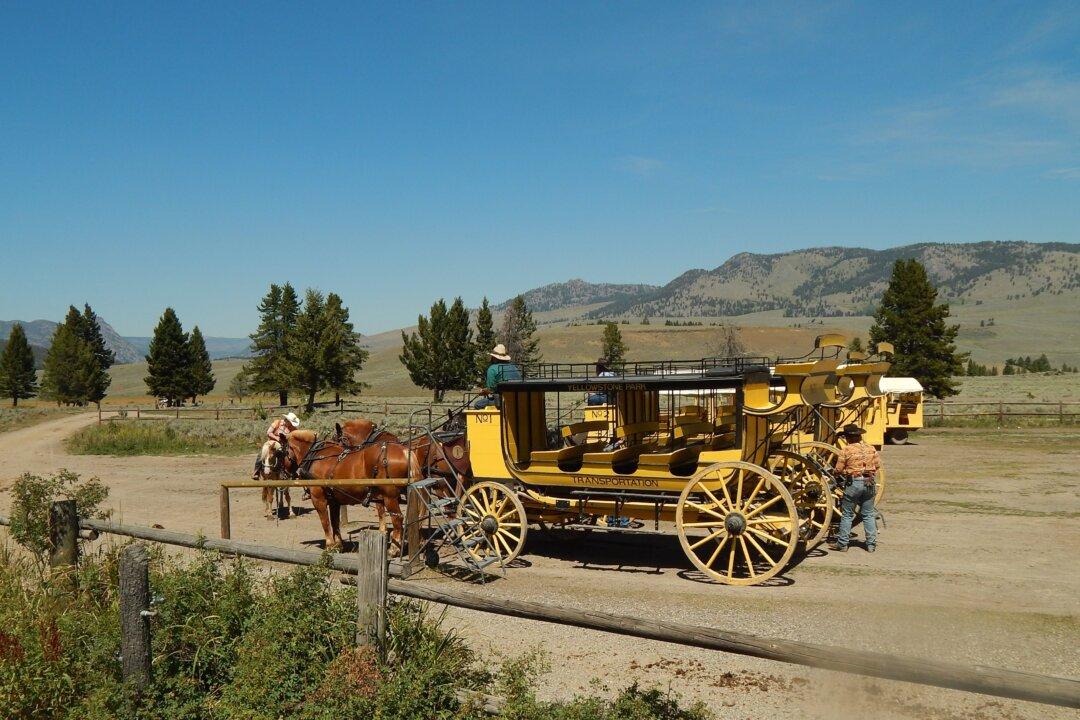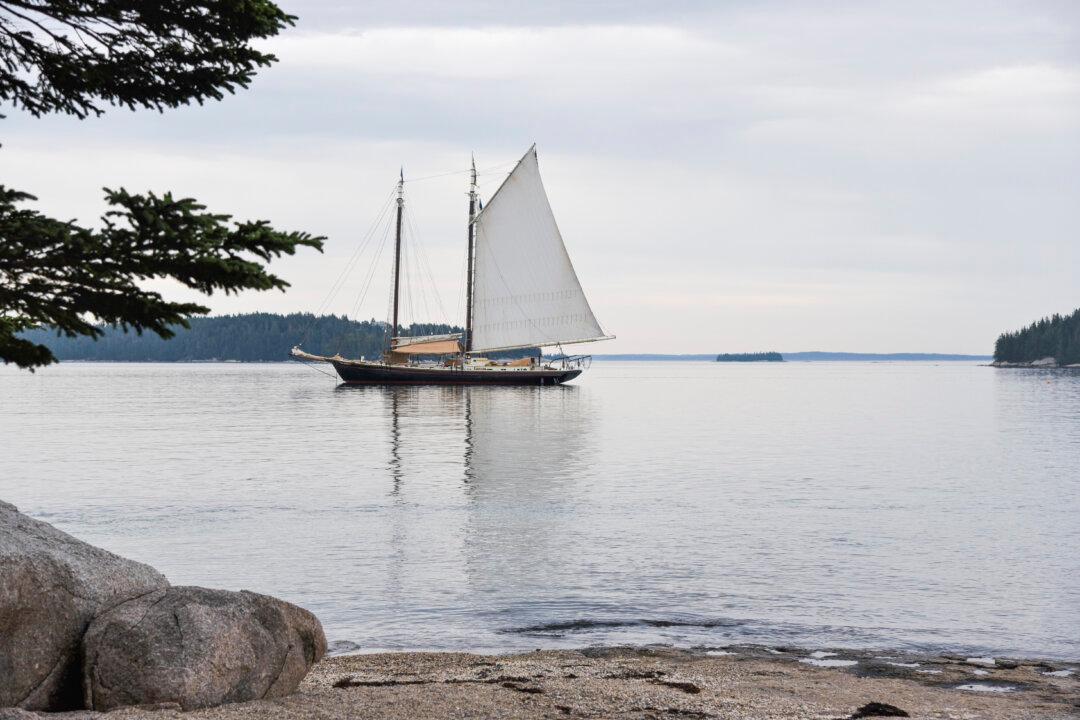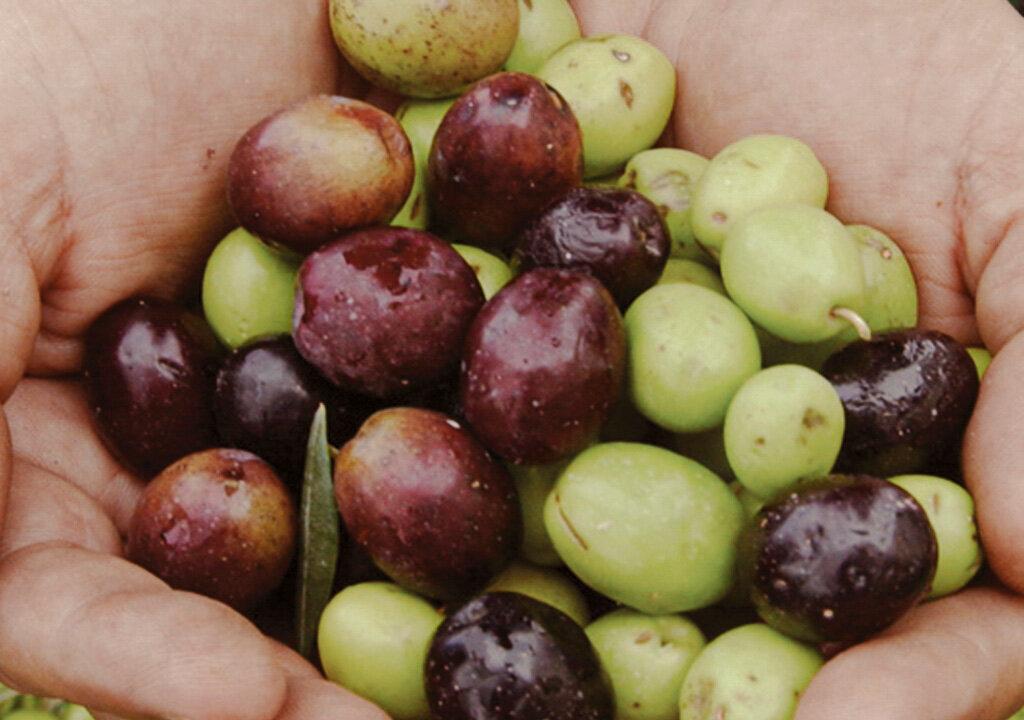Gathered from the woods of Oregon with the help of a truffle dog, fresh truffles have a distinct and odorous flavor.
The first bite brings hints of mushrooms, Stefan Czarnecki said, “but as you chew it and digest it, the truffle warms and heats so the gasses are released and you end up enjoying it on a whole different level. That’s why it’s so popular served shaved fresh over food. And then you’re eating the food as you’re breathing in those gases and aromas and it’s a whole sensory experience.”





